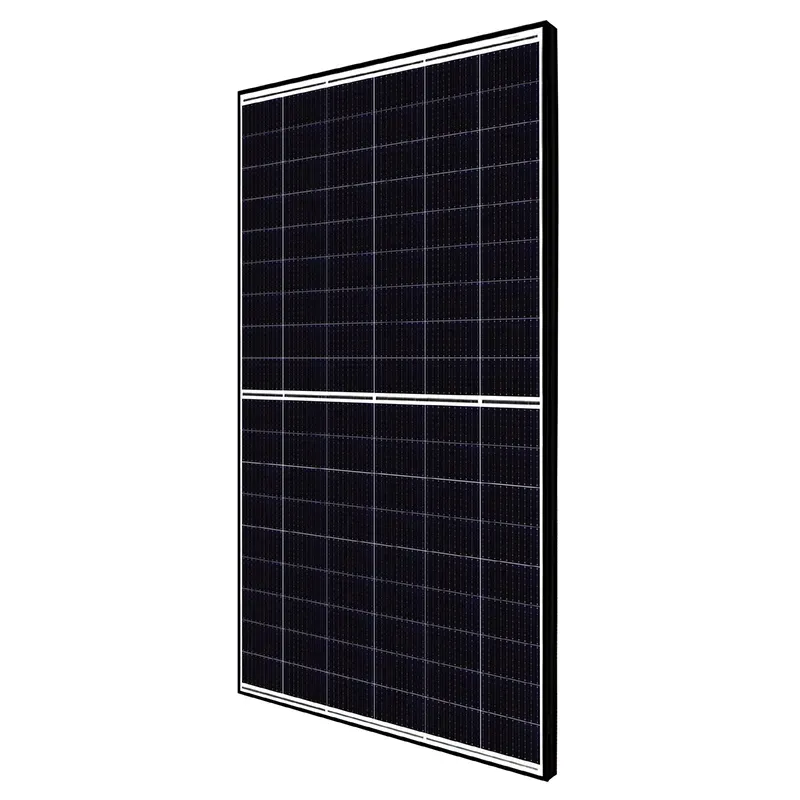Advancements in Black Silicon Solar Panels and Their Impact on Renewable Energy Technology
The Rise of Black Silicon Solar Panels A Technological Breakthrough in Renewable Energy
In recent years, the push for sustainable energy sources has driven innovations in solar technology. Among these advancements, black silicon solar panels have emerged as a game-changing solution, enhancing the efficiency and aesthetics of solar energy systems. This article delves into the intricacies of black silicon solar panels, exploring their structure, advantages, and their potential impact on the renewable energy landscape.
What is Black Silicon?
Black silicon refers to a particular treatment of silicon wafers used in solar cells. Traditional silicon solar cells have a shiny, reflective surface that can limit their efficiency. The innovative technique of applying a nano-structured layer to the silicon surface transforms it into a dark, textured material. This process significantly reduces the reflection of sunlight, allowing the cells to absorb more light for energy conversion. The resulting black silicon has a distinct black appearance that appeals to modern aesthetic preferences in contemporary architecture.
Enhanced Efficiency
One of the standout features of black silicon solar panels is their efficiency. Traditional photovoltaic (PV) cells can struggle with efficiency rates of around 15% to 20%, but black silicon technology can boost this figure to over 22% in optimal conditions. This increase is primarily due to the reduced reflection losses and improved light absorption. The textured surface of black silicon enables multiple reflections of light within the cell, thus enhancing the chances of photon absorption. This higher efficiency translates to more energy production from the same amount of sunlight, making black silicon an attractive option for both residential and commercial installations.
Environmental Benefits
The adoption of black silicon solar panels also has significant environmental implications. By improving the efficiency of solar energy production, black silicon technology can contribute to a reduction in fossil fuel dependency. This transition is crucial in the context of climate change, as increased solar energy adoption can lead to lower carbon emissions. Furthermore, because these panels require less space to produce the same amount of energy compared to traditional panels, they can mitigate land use concerns associated with solar farms.
black silicon solar panels

Market Appeal
The aesthetic appeal of black silicon solar panels is another factor driving their adoption. As homeowners and businesses increasingly prioritize the visual integration of renewable energy systems into their architecture, the sleek, modern look of black silicon panels makes them an attractive choice. Unlike conventional solar panels that can stand out awkwardly on rooftops, black silicon panels blend seamlessly with various building designs, enhancing curb appeal while promoting sustainability.
Cost Considerations
While black silicon solar panels generally come at a higher upfront cost compared to traditional cells, the long-term savings associated with their increased efficiency can offset this initial investment. Consumers will likely see a return on their investment more quickly, thanks to lower electricity bills and potential incentives for renewable energy systems. Moreover, as production techniques advance and economies of scale are achieved, the cost of black silicon technology is expected to decline, making it a more accessible option for a wider audience.
Future Prospects
Looking ahead, the future of black silicon solar panels appears bright. Ongoing research and development in nanotechnology and materials science continue to uncover new possibilities for enhancing solar cell performance. Innovations such as bifacial black silicon panels—which can capture sunlight from both sides—promise to further increase energy generation capacity. In addition, integration with energy storage solutions like batteries could create more resilient energy systems that provide power even during periods of low sunlight.
Conclusion
In conclusion, black silicon solar panels represent a significant advancement in solar technology, offering enhanced efficiency, aesthetic appeal, and environmental benefits. As the push for renewable energy accelerates, this innovative technology could play a key role in reshaping our approach to energy generation. By providing efficient, attractive, and sustainable solutions, black silicon solar panels are paving the way for a greener future, ensuring that solar energy remains a critical component of our global energy portfolio. Embracing such innovations is essential as we strive towards a more sustainable and energy-efficient world.
-
String Solar Inverter: The High-Efficiency Solution for Smart Solar EnergyNewsJul.14,2025
-
Revolutionizing Rooftop Energy with the Power of the Micro Solar InverterNewsJul.14,2025
-
Power Independence with Smart Off Grid Solar Inverter SolutionsNewsJul.14,2025
-
On Grid Solar Inverter: Powering the Future with Smart Grid IntegrationNewsJul.14,2025
-
Monocrystalline Solar Panels: High-Efficiency Power for the Future of Clean EnergyNewsJul.14,2025
-
Bifacial Solar Panel: A Smarter Investment for Next-Generation Energy SystemsNewsJul.14,2025







